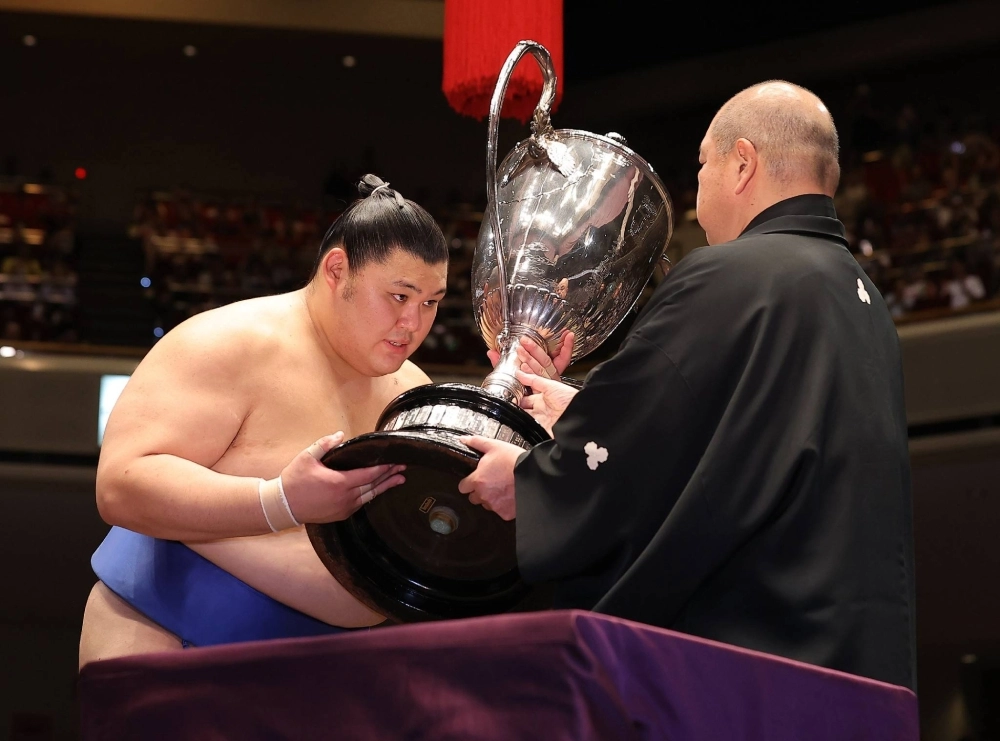In February 2023, Daiki Nakamura was picked third overall by this columnist in a theoretical Inside Sumo mock draft.
That was despite the then 22-year-old still being three months away from even setting foot inside a professional sumo ring.
Similarly, on an end-of-year review television show last December, when asked to predict banzuke ranking highs for 2024, I put Nakamura (by then known as Onosato) at ōzeki even though he was still in the sport’s second tier.


















With your current subscription plan you can comment on stories. However, before writing your first comment, please create a display name in the Profile section of your subscriber account page.